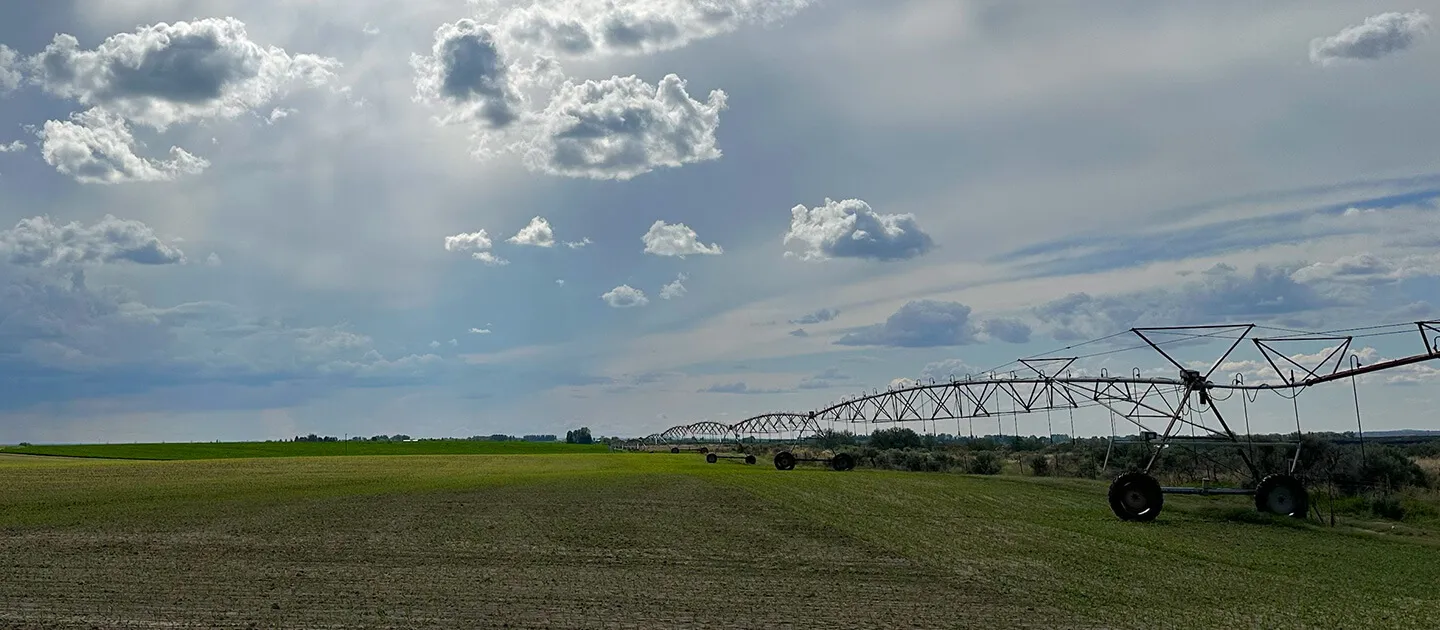A major new study published in Nature Sustainability finds that irrigation expansion in the Global South is linked to improved child nutrition—but there is a catch. The greatest benefits occur in regions already facing water scarcity, raising concerns about the long-term sustainability of irrigation to solve nutrition challenges easily.
The research, led by scientists from the University of Delaware, Esri, University of Vermont, and Eawag, the Swiss Federal Institute of Aquatic Science and Technology, analyzed data from over 70,000 rural households in 26 countries. It found that irrigation is associated with better child diet diversity, which is a key indicator of micronutrient intake and development. However, these gains are concentrated in areas where water resources are already too limited to support sustainable irrigation.
“This study challenges the common assumption that irrigation automatically leads to better food security,” said lead author Dr. Piyush Mehta.
Irrigation doesn’t consistently improve nutrition because regions with sufficient water often use irrigation for export-oriented cash crops, which are less likely to enter the local food system or improve local diets.
“What’s striking is that the ensuing benefits do not trickle down to improve children’s diets the way locally consumed, nutrient-rich crops would. These commercial farms are often run by outside companies, not smallholders, so the water supports distant markets rather than local communities, a pattern that mirrors what we’ve seen in large-scale land acquisitions across the Global South,” said Dr. Marc F. Müller, co-author and senior scientist at Eawag.
“We need to think carefully about how and where we invest in irrigation to ensure it benefits both people and the planet, without compromising water sustainability,” said Dr Mehta.
To address this challenge, the authors recommend a shift toward nutrition-sensitive irrigation policies—strategies that prioritize water use for locally consumed, nutrient-rich foods. They encourage governments, development agencies, and NGOs to adopt an integrated, evidence-based approach that aligns irrigation investments with nutrition and sustainability goals. This includes supporting smallholder farmers, improving local food systems, and evaluating irrigation projects not just on their potential productivity, but on their impact on the health of current and future generations.
“Our recent work mapping how irrigation has evolved across the planet allowed us to examine, in a globally consistent way, how irrigation patterns are changing across diverse landscapes and regions,” said Dr. Kyle Davis.
“Previously, irrigation and diet outcomes were looked at on a much smaller scale, within a single country or maybe across one or two countries in a region. So, there were case studies suggesting what might be happening, but we were not able to do this kind of large-scale global analysis. The scale is important for making policy recommendations,” said Dr. Meredith Niles, co-author and Robert Bickford Endowed Professor in Nutrition and Food Sciences at the University of Vermont.
The authors also published a companion Policy Brief that details ways in which decision makers in global development might think about this challenging trade off. The brief, published by the United Nations University Institute for Water, Environment and Health (UNU-INWEH), aka the UN’s Think Tank of Water, gives the critical context for this study: “In 2023 an estimated 733 million people face hunger across the world and 148 million children under five suffered from stunting.” Stunting is a characteristic of malnutrition in children, that has lifelong negative health implications for those who suffer from it.
The policy brief builds on this research and recommends several key actions:
- Prioritize water sustainability: Ensure irrigation expansion does not outpace local water availability or compete with existing uses.
- Promote nutrition-sensitive planning: Direct irrigation toward crops that improve local diets, especially for children in rural areas.
- Safeguard staple food production: Use regulations or incentives to prevent irrigation from displacing local food crops in favor of exports.
Paper Citation:
Mehta, P., Muller, M., Niles, M. T., & Davis, K. F. (2025). Child diet diversity and irrigation expansion in the Global South. Nature Sustainability.
